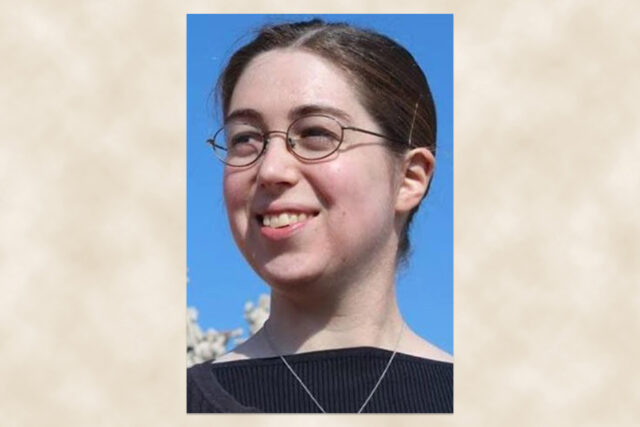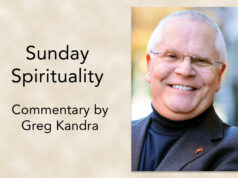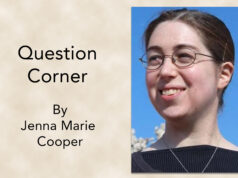Q: What is the difference between Orders and Vows? Are nuns actually laypersons? (Glendale, Calif.)
A: Holy Orders is the sacrament through which a baptized man is ordained a deacon, priest or bishop. Men who have received the sacrament of orders are collectively called “clergy.”
A vow is a promise made to God. A vow is considered private if it is made by individuals wholly on their own initiative, and a vow is considered “public” according to canon law if it is formally received by the relevant authority in the name of the church. One type of public vow is religious profession, where a monk, nun, or religious brother or sister promises to follow the Gospel through a more radical way of life as set out by the rule of their community.
Religious vows are different from orders in a few ways. First, religious profession is not a sacrament. Non-ordained religious are not considered clergy. A monk’s religious vows do not confer any sacramental powers from his religious profession, unless he is also ordained as priest.
The term “lay” or “laity” can have different meanings depending on context. In one use of the term, a layperson is anyone who is not ordained clergy. In this sense, any non-ordained religious, even strictly cloistered nuns, are considered “lay.”
But the church also refers to “laity” in a second and more robust sense to mean any member of the faithful who is neither clergy nor in a recognized state of consecrated life — with “consecrated life” being a broad umbrella category encompassing not only monastics, and religious brothers and sisters, but also less-familiar vocations such as consecrated virgins and diocesan hermits.
Because nuns are in a public state of consecrated life, they are not considered “lay” in this second, stronger sense of the term.
Q: Why are so many of the saints, priests and religious? What about married people or laypeople? (Reno, Nevada)
A: Technically a saint is any person who is actually in heaven, whether they are known or unknown to us. By this definition, there are certainly already a great number of lay saints.
On the other hand, “canonized” saints — those whom we refer to with the title “saint,” and who are commemorated on the church’s liturgical calendar — are those whom the church recognizes in an official way as having attained heaven. A formal declaration of sainthood is really for the benefit of those of us still here on earth, as the saints are heavenly intercessors for our prayerful intentions and worthy role models in our journey of faith.
However, canonization is necessarily a lengthy and often complicated process. Among other things, it involves extremely in-depth biographical studies on the proposed saint-to-be, to ensure the Servant of God truly did live a life of heroic Christian virtue. Following this, the church looks for clear signs, typically one or two verified miracles, that the person in question is indeed enjoying eternal life with God in heaven.
Because canonization requires a great deal of time, resources, and widespread interest in and popular devotion to the proposed saint, some pious “politics” can be involved in determining which saints causes progress. For instance, a religious community is often more organized in its efforts to have one of its own members canonized than, say, the friends and neighbors of a holy layperson would be.
Some modern lay saints include St. Gianna Beretta Molla (wife and medical doctor); Sts. Louis and Zélie Martin (a married couple); and Bl. Carlo Acutis (a teenaged computer programmer currently on the path to sainthood).
Jenna Marie Cooper, J.C.L., is a consecrated virgin and a practicing canon lawyer.







